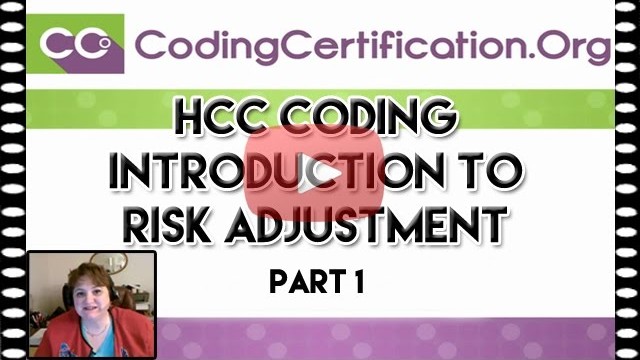HCC Coding Training: Introduction to Risk Adjustment (Part 1)
What is Risk Adjustment? Risk Adjustment (RA), is the methodology utilized by The Centers for Medicare (CMS), to adjust bids and payments to Medicare Advantage Plans (MA), based on a Plans member demographics, which include age, sex and health status of those members. The CMS Risk Adjustment Program is Prospective in nature, which means that ICD-9- CM diagnosis codes from the prior year and demographic information are measured and utilized in order to predict future costs to the Plan by sick members and adjust payments accordingly.
In 1997, the Balanced Budget Act (BBA), was the first year that Risk adjustment methodology for Medicare Advantage (formerly Medicare + Choice) was first required. In the beginning, when CMS first implemented its Risk Adjustment Model, it was only hospital inpatient diagnoses that were gathered and reviewed to determine actual payments to an MA Plan. Then in 2000, along came the Benefits Improvement and Protection Act (BIPA), and Congress decided to mandate ambulatory data to be additionally collected with the inpatient diagnosis codes. This was a gradual integration and wasn’t fully implemented until 2007 with completion of 100% risk adjusted payments for the majority of MA organizations. There were a few demonstration plans, which were not fully phased in until 2008.
Learn more about HCC Coding / Risk Adjustment at






